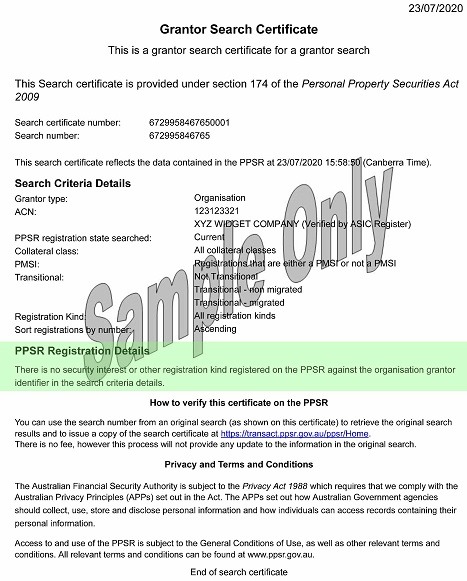The Importance of Bike History Reports for Used Bike Buyers
Buying a used bike can be a great way to save money, but it can also come with risks. Without knowing the bike's history, buyers may end up with a bike that has been in accidents or has mechanical issues. This is where bike history reports come in. In this article, we'll discuss the importance of bike history reports for used bike buyers and what information they can provide.
What is a Bike History Report?
A bike history report is a document that provides information about a bike's history, including accidents, repairs, and ownership. It is created by compiling information from various sources, such as insurance companies, police reports, and vehicle registration records. Bike history reports are available from various sources, including the Department of Motor Vehicles (DMV), bike dealerships, and online providers.
Why are Bike History Reports Important?
Bike history reports are important for several reasons. They can provide buyers with important information about the bike's history, including:
Accidents: Bike history reports can provide information about accidents the bike has been in, including the severity of the accident and any damage that was sustained.
Repairs: Bike history reports can provide information about any repairs that have been made to the bike, including the type of repair and when it was performed.
Ownership: Bike history reports can provide information about the bike's ownership history, including how many owners it has had and the length of time each owner had the bike.
Liens: Bike history reports can provide information about any liens that may be attached to the bike, which can affect the buyer's ability to obtain a clear title.
By providing this information, bike history reports can help buyers make informed decisions about whether to purchase a particular bike. For example, if a bike has been in multiple accidents or has had major repairs, the buyer may want to reconsider the purchase.
Where to Get a Bike History Report?
Bike history reports can be obtained from various sources, including the DMV, bike dealerships, and online providers. The DMV is typically the most reliable source of bike history reports, as it maintains the official records of vehicle history. However, obtaining a bike history report from the DMV may require a visit to the office and may take several days to receive.
Bike dealerships may also provide bike history reports, but these reports may only include information about bikes that were previously sold by the dealership. Online providers, such as Carfax and AutoCheck, offer bike history reports that compile information from various sources and provide a comprehensive report for a fee.
How to Read a Bike History Report?
Bike history reports can be confusing for buyers who are not familiar with the information provided. Here are some tips for reading a bike history report:
Check for Accidents: Look for information about accidents the bike has been in, including the severity of the accident and any damage that was sustained.
Check for Repairs: Look for information about any repairs that have been made to the bike, including the type of repair and when it was performed.
Check for Ownership: Look for information about the bike's ownership history, including how many owners it has had and the length of time each owner had the bike.
Check for Liens: Look for information about any liens that may be attached to the bike, which can affect the buyer's ability to obtain a clear title.
Conclusion
In conclusion, bike history reports are an important tool for used bike buyers. They can provide valuable information about a bike's history, including accidents, repairs, and ownership, that can help buyers make informed decisions about whether to purchase a particular bike. While bike history reports may require a fee, they can ultimately save buyers time and money by avoiding potential problems with a bike's history.
.jpg)
.png)


Comments
Post a Comment